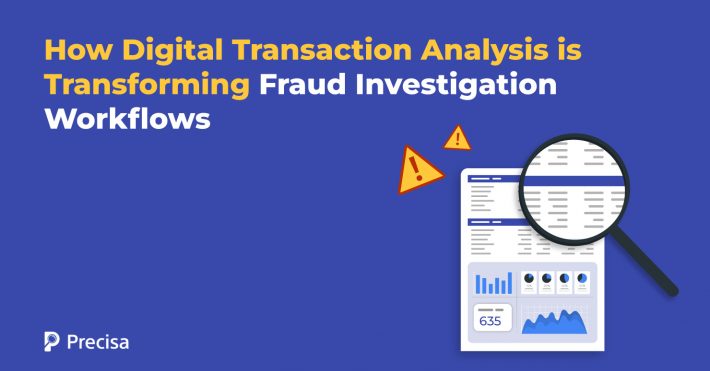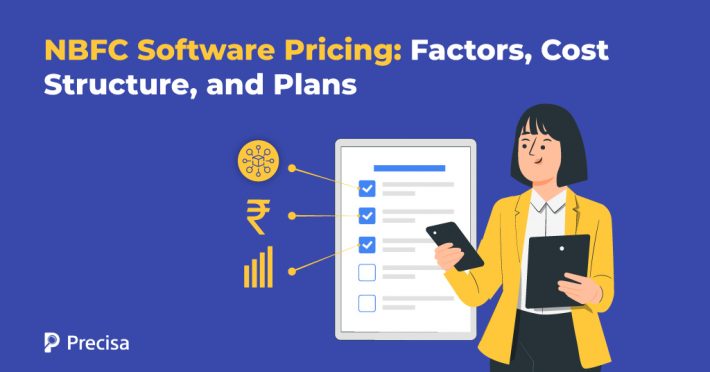Contextual Analysis in Bank Statement Analysis

Bank statement analysis is crucial for investors, analysts, and stakeholders interested in learning more about a banking institution’s financial health and performance. Historically, this review has focused mostly on the numerical data reported in financial accounts.
However, contextual analysis is an often overlooked part that goes beyond the numbers and provides a better knowledge of the bank’s operations, financial standing, strategy, and external variables affecting its financial condition.
This article discusses the significance of context analysis in bank statement examination, emphasising its role, benefits, and pertinent instances.
What is Context Analysis and Why is it Important for Bank Statement Analysis?
Context analysis takes into account the larger economic, industry-specific, and internal factors that affect a bank’s financial performance. While financial statements provide quantitative data, contextual analysis aids in interpreting and comprehending the underlying processes that form those figures.
As a result, it gives a complete picture of a bank’s position, allowing for a more educated assessment.
Importance of contextual analysis
Contextual analysis is essential for these reasons:
1. Evaluating the financial performance of banks
The contextual analysis aids in determining the causes of the figures, helping stakeholders to make sense of financial performance and patterns. Consider the economic climate or regulatory changes, for example, to better comprehend the influence on a bank’s profitability or asset quality.
2. Benchmarking against peers
It also allows for benchmarking against peers in the industry, indicating areas of strength and weakness compared to competitors. Additionally, context analysis aids in forecasting future performance by assessing current trends and emerging scenarios.
What is the Role of Contextual Analysis in Bank Statement Evaluation?
Taking into account external and internal factors that influence a bank, a context analysis improves the interpretation of numerical data and sheds light on the underlying dynamics.
Here are a few examples of how contextual analysis can be used to evaluate bank statements:
1. Economic Conditions
The economic environment is critical for evaluating a bank’s financial statements. For example, loan defaults could rise in a recession, impacting profitability and asset quality. By analysing macroeconomic economic factors and relevant statistics like GDP growth, interest rates, and unemployment rates, contextual analysis in bank statement analysis helps banks determine how external economic factors impact financial performance.
For example, suppose a bank’s loan portfolio indicates a consistent growth in non-performing loans. In that case, the contextual analysis demonstrates that the bank predominantly operates in an industry significantly influenced by economic downturns. This implies that the rise in non-performing loans may be due to external economic factors rather than internal issues.
2. Regulatory Environment
The contextual analysis in bank statement analysis estimates the impact of regulatory rules and changes on a bank’s financial statements. Understanding the regulatory structure and requirements aids in assessing a bank’s compliance, risk management practices, and capital adequacy.
For example, changes in capital sufficiency standards may cause revisions to a bank’s balance sheet, altering its capital ratios and lending ability. The contextual analysis would assess these legislative changes while analysing the bank’s financial status, ensuring a thorough review of its capital sufficiency and risk management practices.
3. Macroeconomic Factors
The contextual analysis in bank statement analysis also takes into account macroeconomic issues that can affect a bank’s financial performance. Such impacts include inflation rates, currency exchange rates, and government actions.
4. Internal Factors
In addition to external factors, the contextual analysis in bank statement analysis examines internal elements such as managerial quality, operational efficiency, and corporate governance practices. These criteria show the bank’s capacity to execute its strategies and manage risks effectively.
How to Conduct Contextual Analysis In Bank Statement Analysis?
In conducting contextual analysis, we have to review external and internal factors affecting the bank’s performance through the following steps:
1. Review the Economic Environment
Begin by looking at the broader economic environment in which the bank works. Consider GDP growth, interest rates, inflation, and unemployment rates. Examine the impact of these economic indicators on the bank’s financial statements.
2. Understand the Regulatory Framework
During bank statement analysis, Learn about the regulatory environment that governs the banking business. Examine capital sufficiency, liquidity management, risk management, and reporting needs. Examine how these rules affect the bank’s financial situation and performance.
3. Evaluate Industry Dynamics
Analyse the industry-specific elements that affect the performance of the bank. During the bank statement analysis, consider the banking sector’s market dynamics, competitive landscape, customer behaviour, and technology improvements. Examine the bank’s strategies concerning industry dynamics and its competitive standing.
4. Assess Macroeconomic Factors
Examine macroeconomic issues that may impact the bank’s financial statements. Study how currency exchange rates, inflation rates, and government policies affect the bank’s operations and performance. Also, review how these variables might impact the bank’s revenue, expenses, and risk exposure.
5. Consider Internal Factors
You must examine internal elements that may influence financial performance during bank statement analysis. Examine the management team, corporate governance practices, operational efficiency, and bank client base. Appraise how these internal elements help the bank’s competitive advantage and risk management capabilities.
What Are the Advantages of Bank Statement Analysis?
Individuals and organisations benefit from bank statement analysis in numerous ways:
1. Performance evaluation
It aids in assessing a company’s financial performance, profitability, and efficiency by analysing important financial ratios and measures.
2. Decision-Making
Financial statement analysis provides insights for educated decision-making, including investment decisions, expansion plans, and strategic initiatives.
3. Risk Assessment
Users can evaluate a company’s financial health, identify potential hazards, and determine the ability to satisfy financial responsibilities.
4. Prediction and Planning
It aids in predicting future financial performance, creating goals, and developing efficient financial strategies.
5. Compliance and Regulation
Financial statement analysis aids in ensuring compliance with accounting standards, rules, and reporting requirements.
Wrapping Up
While numerical data is still important in evaluating bank financial statements, contextual analysis is critical in acquiring a complete knowledge of a bank’s financial health and performance.
By considering external factors, industry dynamics, and internal operations, stakeholders can make better-informed decisions, appropriately analyse risks, and find clear insights. Incorporating contextual analysis into bank statement evaluation promotes transparency and allows for a more comprehensive appraisal of a bank’s financial status.
The Precisa Bank Statement Analyser tool assists lenders in doing contextual analysis for bank statement review. It analyses and interprets bank statements using complex algorithms that gauges numerous contextual elements.
Precisa’s AI-powered analytics platform provides real-time actionable insights and visually appealing dashboards. The tool also ensures accuracy, detects abnormalities, and assesses borrower trustworthiness, allowing lenders to make timely and informed lending decisions.
As a result, lenders can better understand a borrower’s financial condition and performance and assess creditworthiness more accurately.
Sign up for a free trial today!




